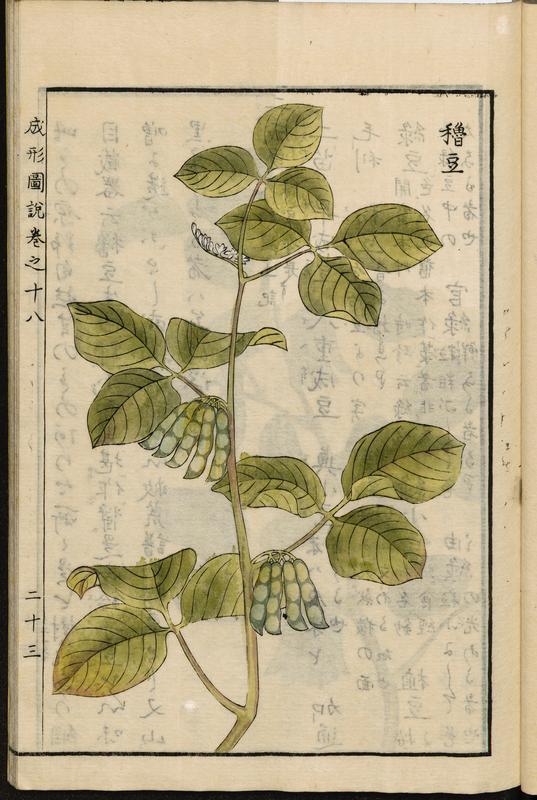Soybeans are an edible legume that are very nutritious, as they are high in protein, calcium, fiber, iron,
magnesium, and other vitamins and minerals. Soybeans are also very versatile, as they can be cooked,
fermented, dried, and turned into products like milk, flour, tofu, and more. Soy is a huge crop for many
commercial farmers, but it can also be grown in your own backyard as long as you get a good three to
five months of warm weather.
There are thousands of different types of soybeans. If you want to eat your soybeans, make sure you
have an edible, green variety. If you want to make soy milk or flour, find a yellow-seeded variety. If you
are planning on drying the soybeans, get a black-seeded variety.
VARIETIES: Midori Giant, Velvet, Manitoba Brown, Envy, Butterbean, Aoyu- most widely used as
edamame (Heirloom variety /open pollinated, non hybrid)






